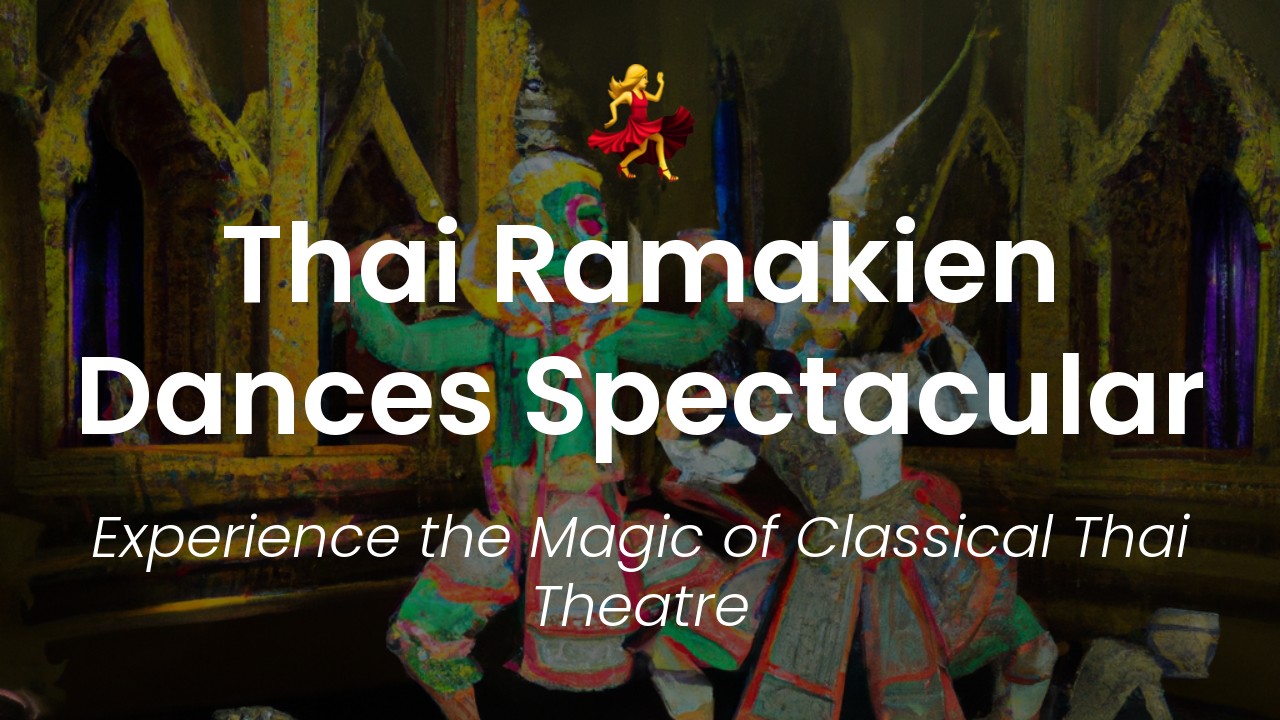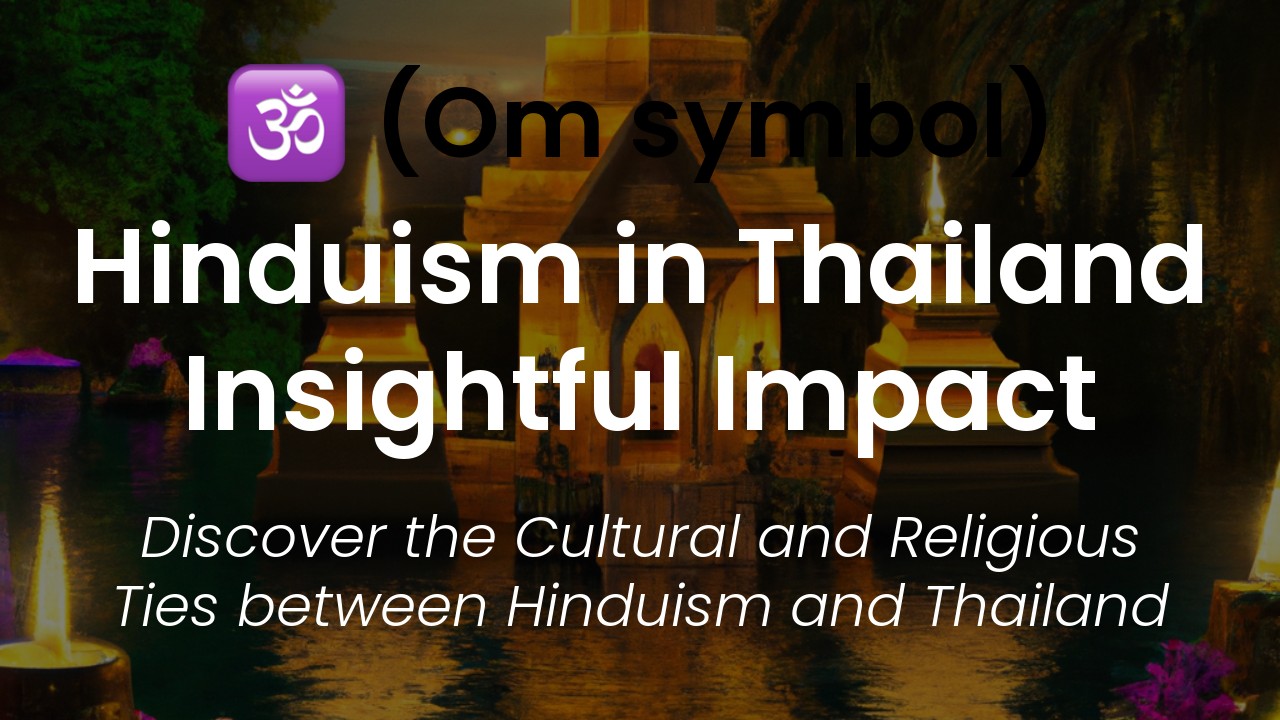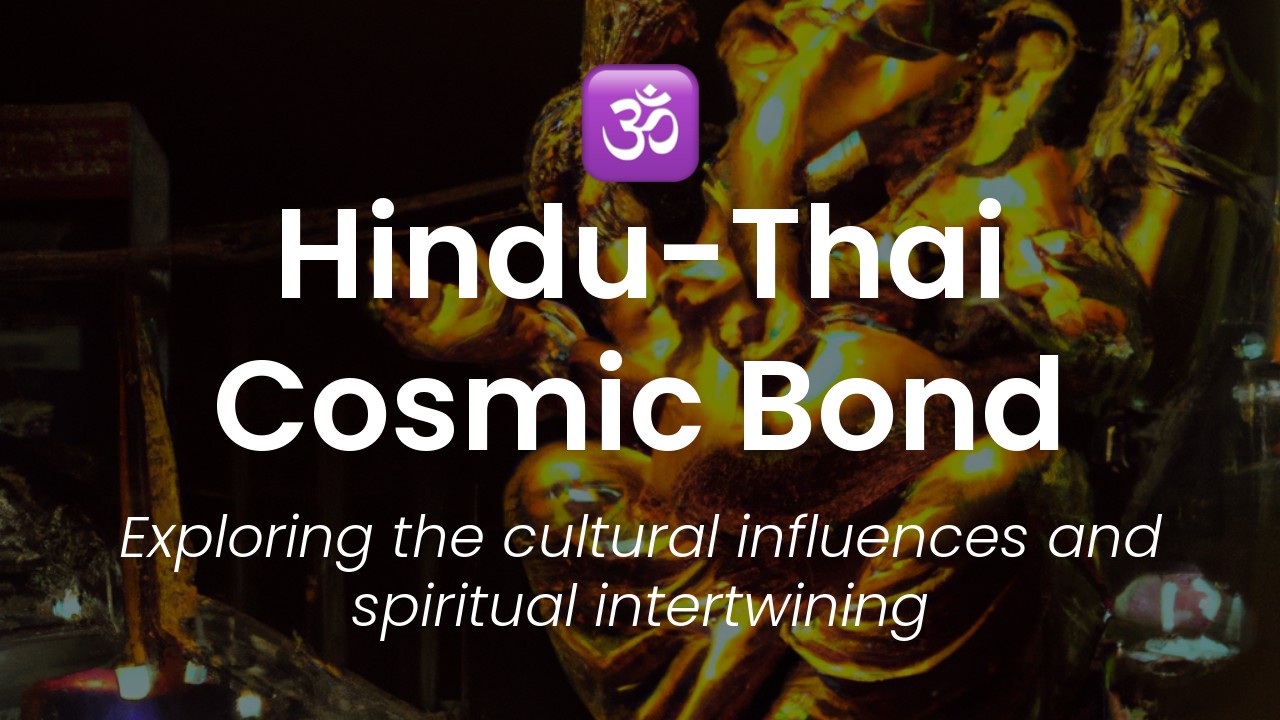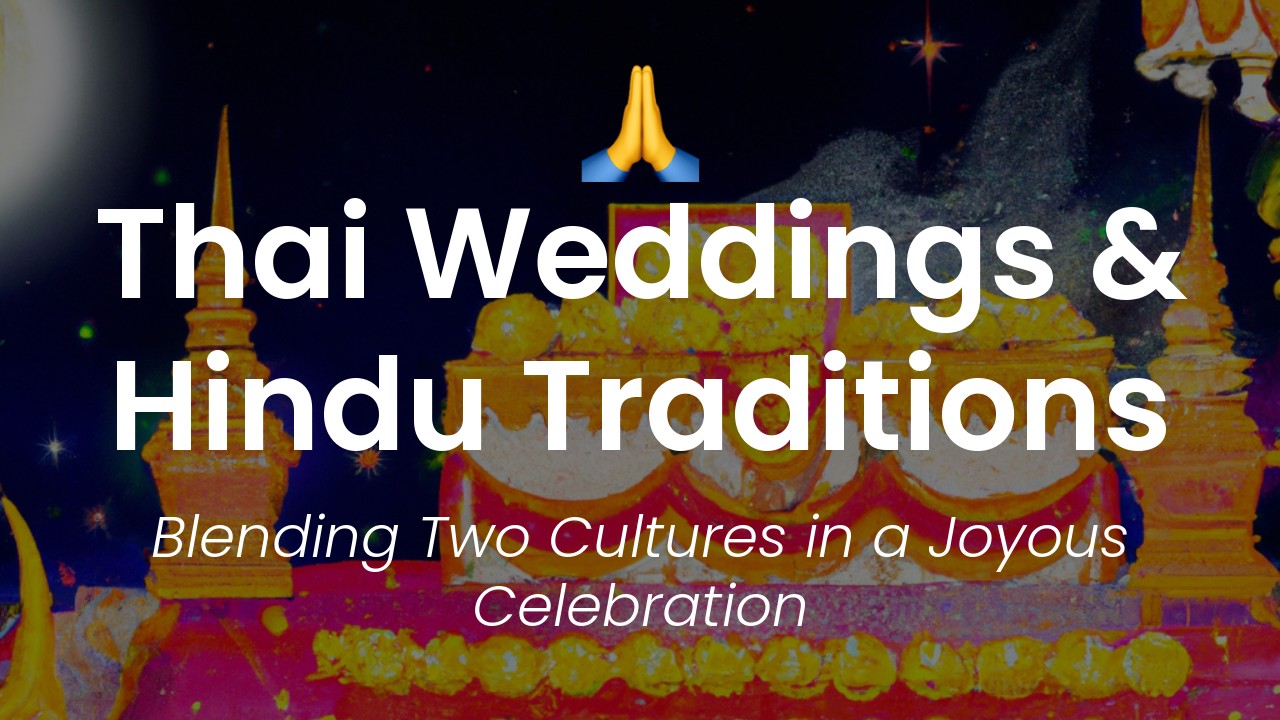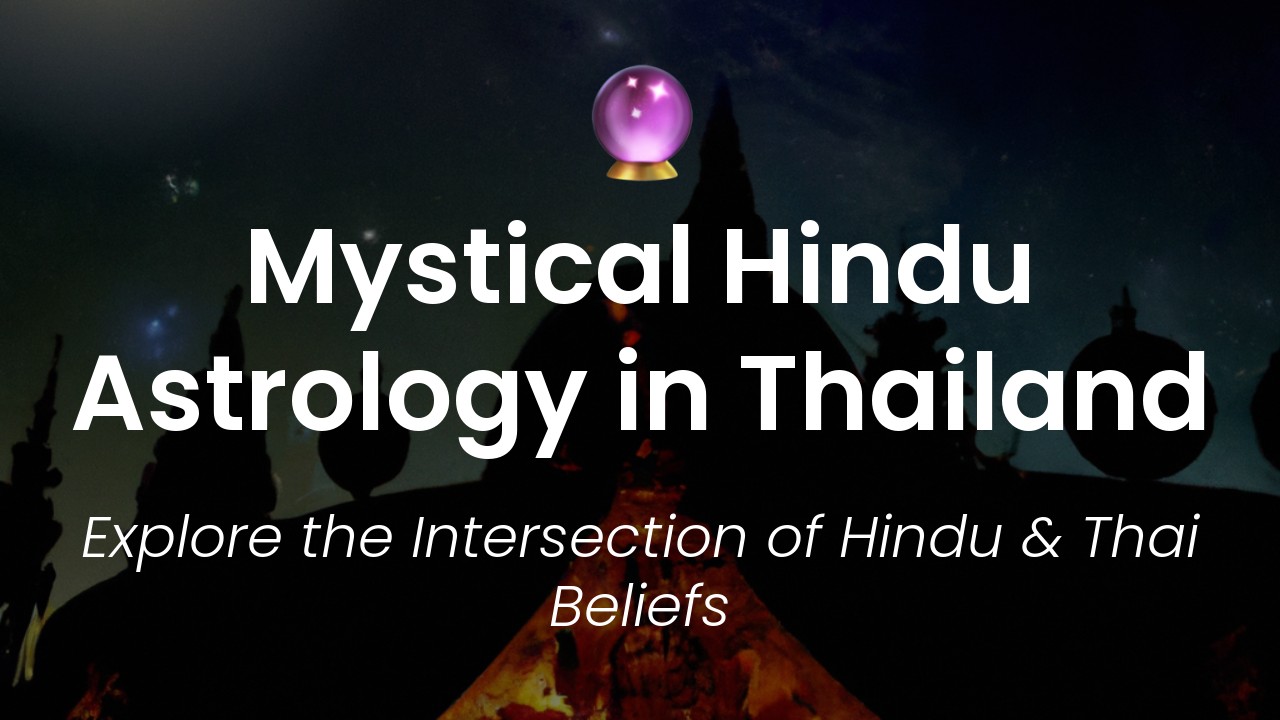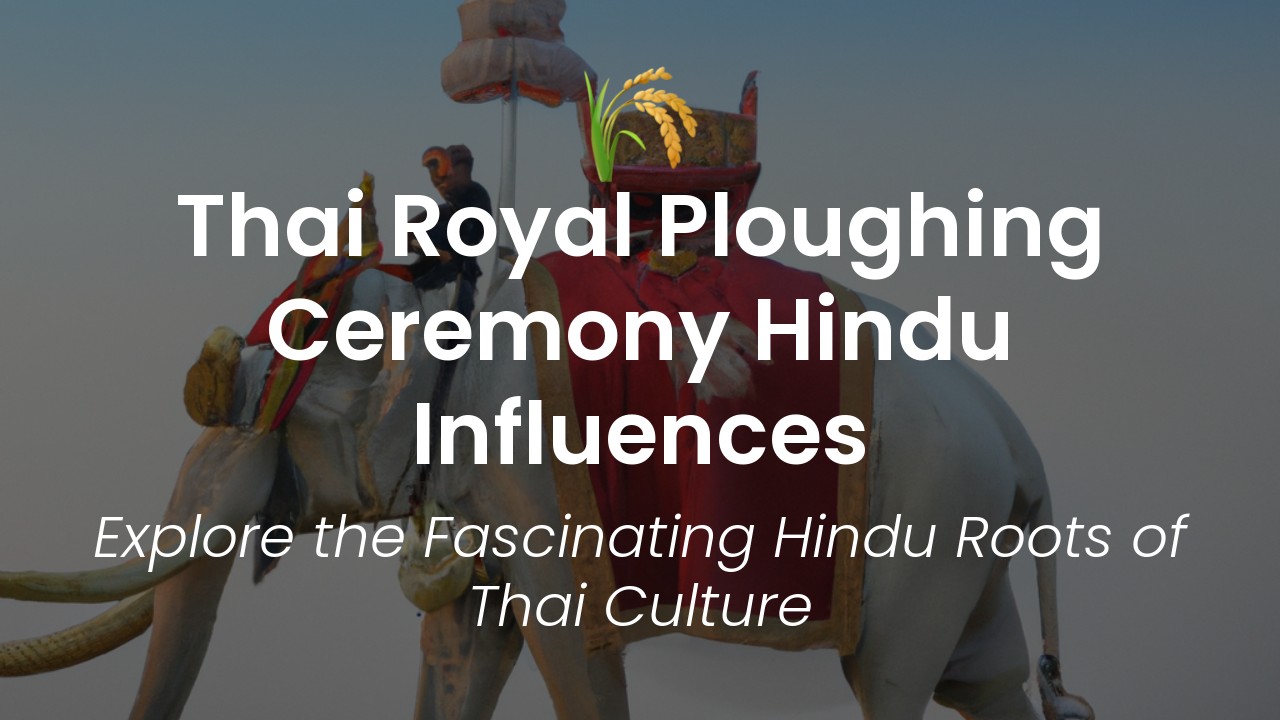As a lover of culture and history, I have always been fascinated by the intricate artwork and architecture of Hindu temples found throughout Thailand. The vivid colors and intricate details of these temples are a testament to the vibrant culture of the country and the influence of Hinduism on Thai beliefs and traditions.
My latest cultural odyssey has brought me on a journey through Thailand's vibrant Hindu temples, where I have explored the beauty and history of these magnificent places of worship. From the ornate gopurams of the Sri Mariamman Temple in Bangkok to the serene gardens of the Wat Phra That Lampang Luang temple in Lampang, Thailand has a wealth of Hindu temples that are a must-visit for any culture enthusiast.
In this blog post, I will take you on a journey through some of the most breathtaking Hindu temples in Thailand, sharing my personal experiences and insights along the way. So buckle up and get ready for an adventure!
The Historical Significance of Hindu Temples in Thailand
Hinduism is one of the most important religions in the world, and its influence can be found throughout Southeast Asia, including in Thailand. The country’s rich cultural heritage is a testament to this fact, with numerous Hindu temples littering the landscape.
These temples are not only important from a religious perspective, but they also offer a glimpse into the rich history of Thailand. Most of these temples are located in the northern region of the country, where Hinduism first arrived and became an important part of the local culture.
The temples themselves are architectural marvels, with intricate carvings and sculptures that depict various Hindu gods and goddesses. These sculptures are not only beautiful but also represent a fusion of Indian and Southeast Asian artistic traditions.
Wat Phra Sri Sanphet: A Testament to Thai Royalty
Located in the ancient city of Ayutthaya, Wat Phra Sri Sanphet is one of the most important Hindu temples in Thailand. The temple was built in the 15th century and is a testament to the grandeur and opulence of the Thai royalty at the time.
The temple’s main attraction is its three large stupas, which are said to contain the ashes of three Thai kings. The stupas themselves are a sight to behold, with intricate carvings and sculptures that depict various Hindu deities.
Wat Arun: A Symbol of Thailand's Spiritual Resilience
Located on the banks of the Chao Phraya River in Bangkok, Wat Arun is one of the most iconic Hindu temples in Thailand. It is also known as the Temple of Dawn and is a symbol of Thailand's spiritual resilience.
The temple’s unique architectural style is a fusion of Thai and Khmer traditions, and its main attraction is the central prang that rises almost 80 meters in height. The prang is covered in intricate carvings and sculptures that depict various Hindu gods and goddesses.
The temple is particularly beautiful at sunset, as the central prang is lit up, creating a breathtakingly beautiful sight that is not to be missed.
Wat Phra Kaew: A Treasure Trove of Thai and Hindu Art
Located in the Grand Palace complex in Bangkok, Wat Phra Kaew is one of the most important Hindu temples in Thailand. The temple is home to the famous Emerald Buddha, which is one of the most revered Buddha images in the country.
The temple’s architecture is a testament to the artistic wealth of Thailand and incorporates elements of Khmer and Hindu traditions. Visitors can explore the many halls and pavilions that make up the temple complex and can marvel at the intricate carvings and sculptures that depict various Hindu gods and goddesses.
Phanom Rung Temple: The Perfect Example of Khmer and Hindu Influences
Located in northeastern Thailand, Phanom Rung Temple is one of the most important examples of Khmer and Hindu influences in Thai culture. The temple itself dates back to the 12th century and is known for its unique architectural style and intricate carvings.
The temple is built on top of an extinct volcano and is said to symbolize Mount Meru, the center of the Hindu universe. Visitors can explore the many halls and pavilions that make up the temple complex and can marvel at the intricate carvings and sculptures that depict various Hindu gods and goddesses.
Chao Mae Kuan Im Shrine: A Blend of Thai and Chinese Traditions
Located in Bangkok's Chinatown district, the Chao Mae Kuan Im Shrine is a testament to the blending of Thai and Chinese traditions. The shrine is dedicated to the Chinese goddess Kuan Yin and is a popular destination for local and international visitors alike.
The shrine is decorated with intricate carvings and sculptures that depict various Chinese deities and is said to be one of the most beautiful shrines in the country. Visitors can also try their hand at divination, with fortunes and predictions available for a small fee.
Why You Should Visit Thailand's Hindu Temples Today
Thailand’s Hindu temples offer a fascinating insight into the country’s cultural heritage and are not to be missed. From ancient stupas to grandiose palaces, these temples are some of the finest examples of Hindu architecture outside of India.
Visitors can explore the rich history and artistry of these temples while at the same time indulging in the spiritual and cultural experiences that they offer. Whether you are looking to expand your knowledge of Hinduism or simply want to experience the beauty of Thailand's architecture, a visit to one of the country's many Hindu temples is a must.


